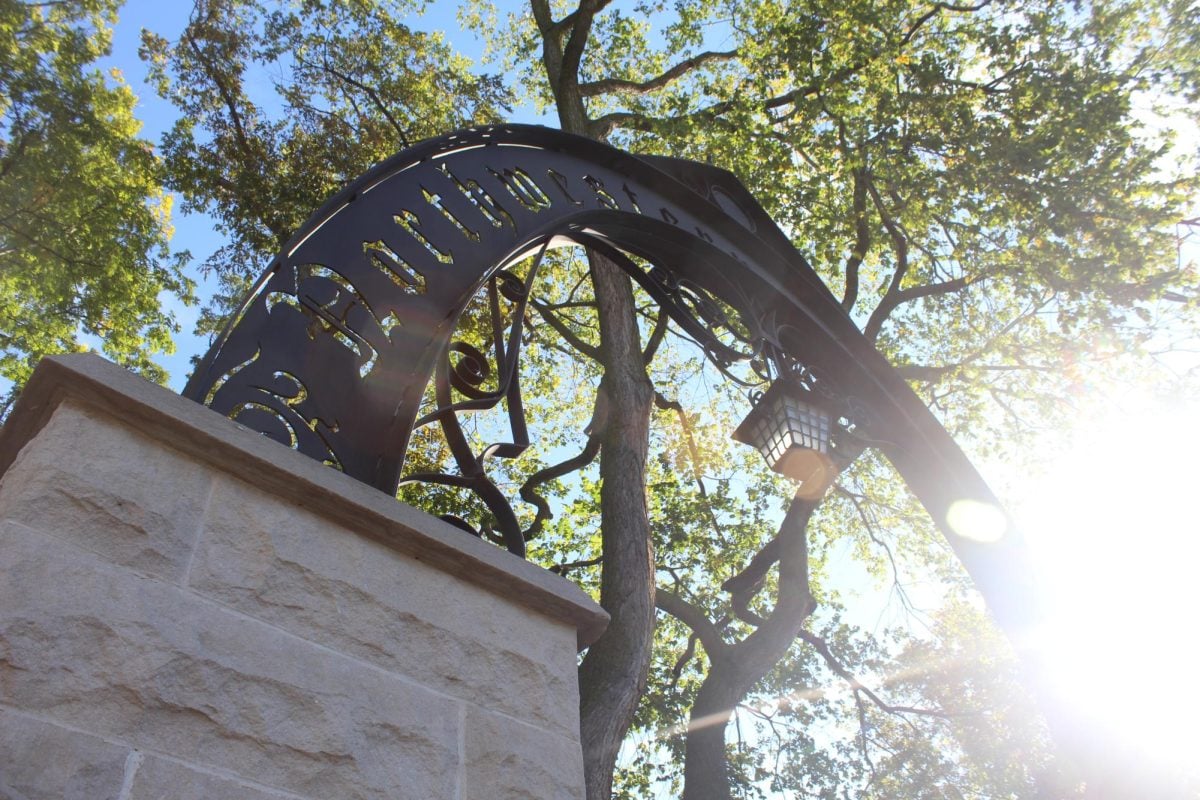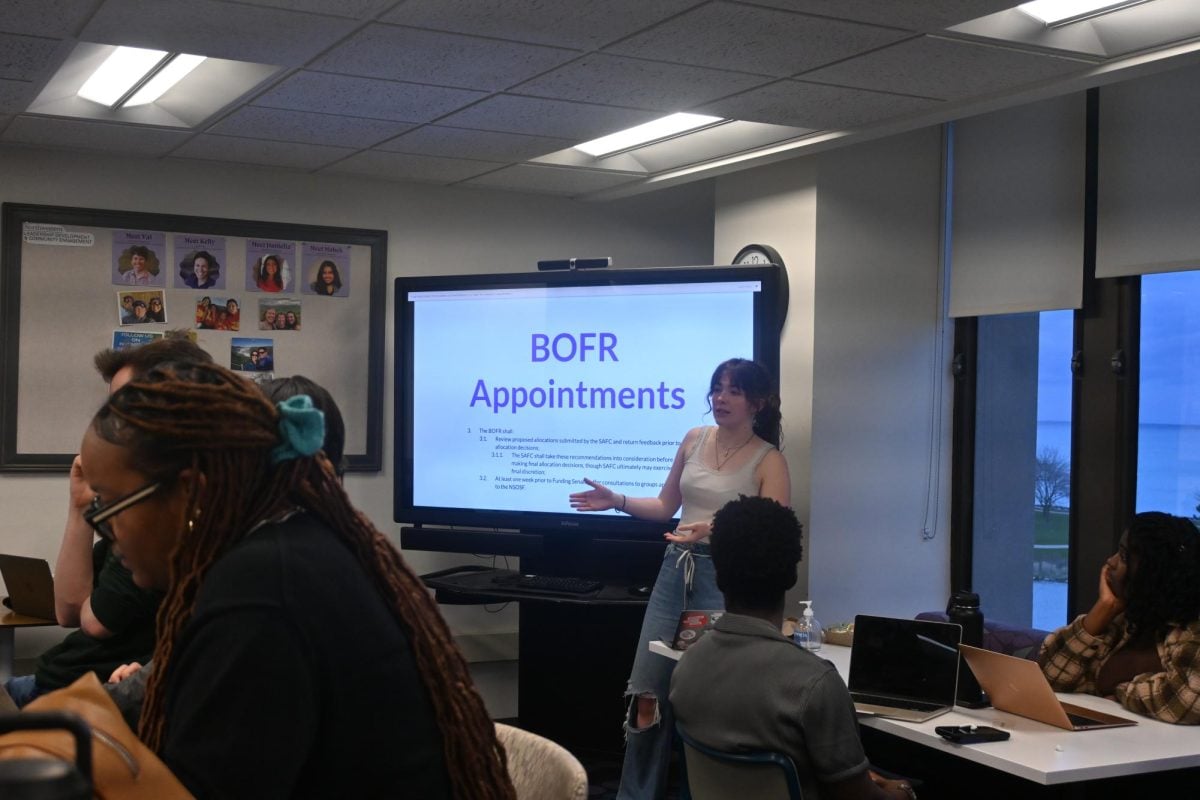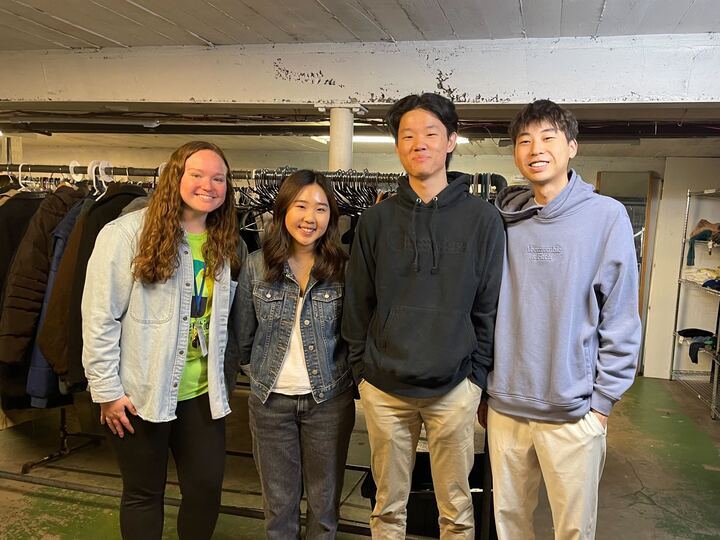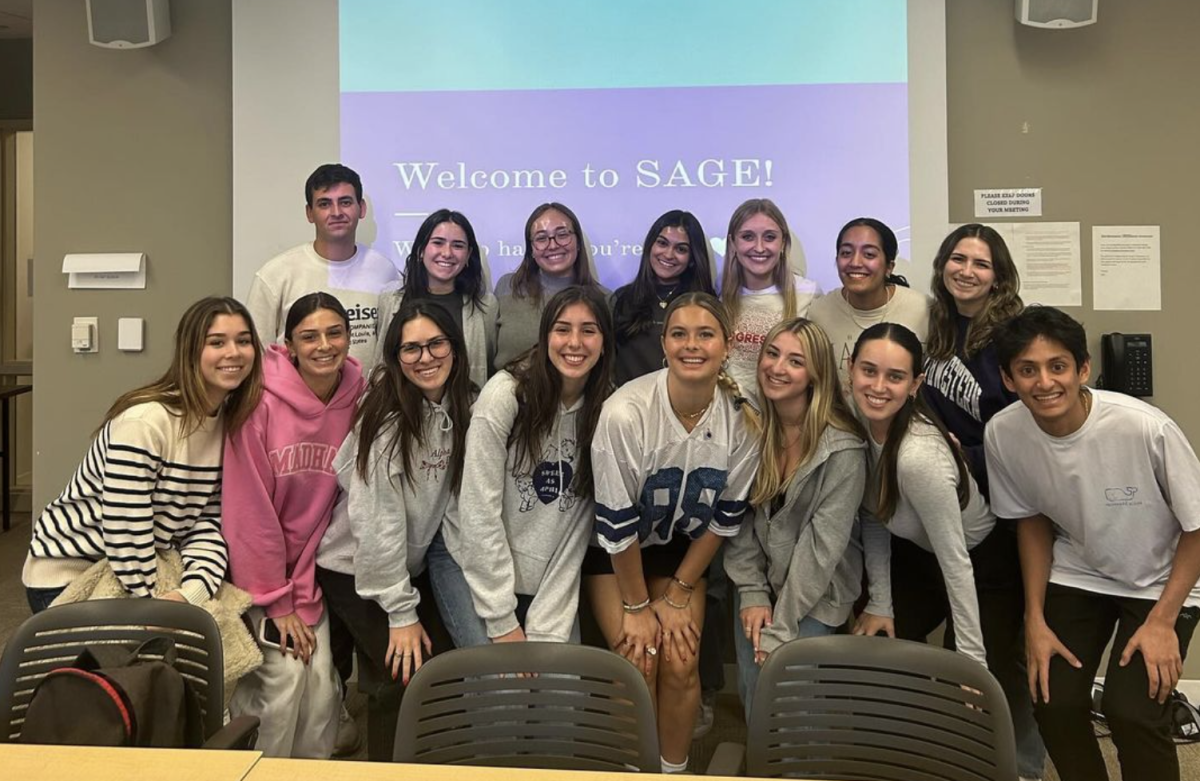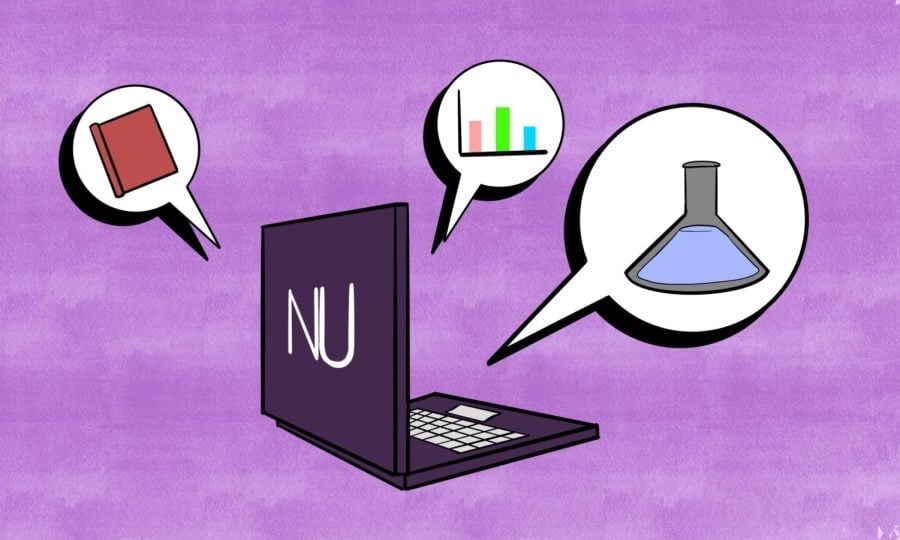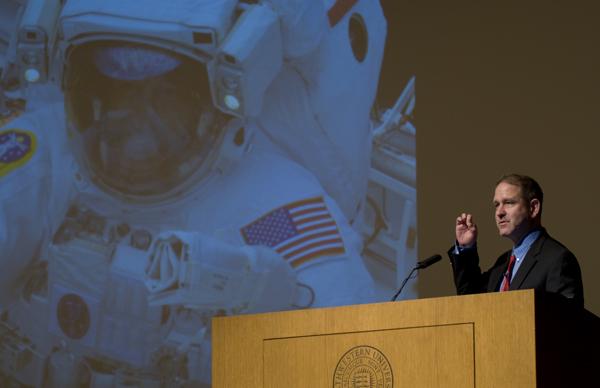
A former astronaut and current associate administrator for the National Aeronautics and Space Administration outlined the current and future projects of the space organization during a speech at Northwestern on Tuesday afternoon.
John Grunsfeld addressed nearly 150 students, faculty and community members gathered in Ryan Auditorium. In a speech titled “Science @ NASA,” Grunsfeld spoke on a wide range of issues, from Mars exploration to global warming.
Since joining NASA in 1992, Grunsfeld has been on five space shuttle flights, totaling 50 days in space and nearly 58 hours on space walks. During the lecture he walked the audience through his most recent visit to space, a 2009 mission to upgrade and repair the Hubble Space Telescope.
Grunsfeld stressed the large number of individuals required to make space trips successful.
“A successful space launch requires nearly 10,000 people to do their jobs correctly,” Grunsfeld said.
The 2009 mission required Grunsfeld to exit the spacecraft in order to physically work on the orbiting telescope. As he discussed the mission, Grunsfeld showed pictures he took while in space, including one of Chicago and Lake Michigan. Grunsfeld also mentioned his personal ties to NU, having taken multivariable calculus on campus while he was a senior at Highland Park High School, located just north of Evanston.
Grunsfeld’s current title at NASA is associate administrator for the science mission directorate, or, as NU alumnus Steven Colbert (Communication ‘86) called him during an interview on “The Colbert Report” in January, “the head science guy at NASA.”
One of the larger projects Grunsfeld currently oversees is the James Webb Space Telescope, which will replace the Hubble Telescope in October 2018.
“The new telescope, by using infrared cameras, will help us answer questions we have about the origin of the universe,” he said. “It will help us see the first generation of stars and how galaxies formed.”
The event represented the annual public lecture of NU’s Center for Interdisciplinary Exploration and Research in Astrophysics. CIERA has hosted the speech series since its founding in 2009.
Vicky Kalogera, co-founder and director of CIERA, said the center uses the lecture to educate the NU community.
“Every year we choose a person who we think the public would be interested in hearing from,” she said. “John Grunsfeld has an interesting story that combines astrophysics research with his experience as an astronaut.”
Physics major Laura Klein attended the lecture to get an inside perspective on NASA’s future, in light of the last space shuttle mission in July 2011.
“We hear a lot about budget cuts, and so I was most interested in learning about what NASA is planning for the future,” the Weinberg senior said.
Grunsfeld stressed the importance of international cooperation, noting that the International Space Station has allowed scientists more time in space than ever before. However, he pointed out a major exception in NASA’s global cooperation efforts.
“We are legally prohibited from having bilateral talks with China on space programs,” he said.
To wrap up his speech, Grunsfeld emphasized the importance of science for the future of the United States and the world.
“Innovate, explore, discover and inspire. This is what we shoot for at NASA,” he said. “It is very important for us to share science with young people because they are the ones who will make discoveries in the future.”



